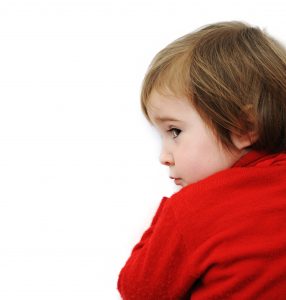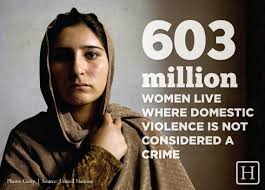How Domestic Violence Charges Can Impact Your Immigration Status
 A domestic violence arrest can disrupt your life and your family on many levels on its own. But when you are an immigrant to the United States, and you’re facing domestic violence charges, things can get even more complicated very quickly. Depending on the circumstances and how severe the charge is, a domestic violence conviction can jeopardize your immigration status even if you’ve already obtained your Green Card. You could be disqualified from eventual citizenship and possibly even deported. Let’s take a closer look at this issue and talk about how domestic violence charges could affect you from an immigration standpoint and what (if anything) can be done to minimize the impact.
A domestic violence arrest can disrupt your life and your family on many levels on its own. But when you are an immigrant to the United States, and you’re facing domestic violence charges, things can get even more complicated very quickly. Depending on the circumstances and how severe the charge is, a domestic violence conviction can jeopardize your immigration status even if you’ve already obtained your Green Card. You could be disqualified from eventual citizenship and possibly even deported. Let’s take a closer look at this issue and talk about how domestic violence charges could affect you from an immigration standpoint and what (if anything) can be done to minimize the impact.
Immigration Laws and Criminal Convictions
Under United States law, an immigrant can lose their legal status if they are convicted for certain types of crimes, particularly for aggravated felonies and/or crimes involving moral turpitude. Domestic violence charges frequently fall into one or both of these categories, and that’s why a domestic violence conviction could threaten your legal status as an immigrant. From an immigration standpoint, any domestic violence charge that results in a prison sentence of one year or more classifies as an aggravated felony. Examples of DV crimes involving moral turpitude may include, but are not limited to:
 Los Angeles DUI Attorney Blog
Los Angeles DUI Attorney Blog






